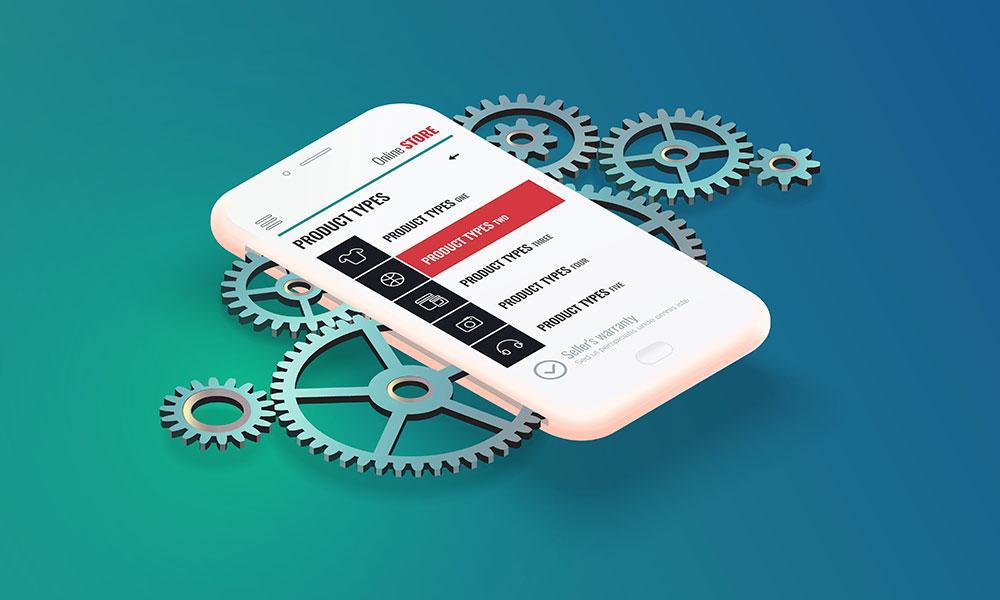[ad_1]
<img ” src=”http://cdn.datafloq.com/blog_pictures/everything-know-about-web-application-architecture.jpg” style=”display:none”>
Have you ever wondered how your collective internet experience comes together? Well, your garden-variety surfing experience comprises of a sequence of the interplay between the browser, user interfaces, a variety of app elements, databases, server, and more. Also, the foundation that brings all of these individual components together is referred to as web application architecture. Here’s a slightly technical description of web application architecture: It primarily relates to the interactions between the elements above and enables the seamless and simultaneous operation of several apps.
Take the example of a user starting up a web page; once they enter the URL and hit enter, the page places a request for that web address. The server responds to such requests by sending files directly to the browser, which then executes the data transmitted by the server to display the page. Just as the browser parses the code, a web app does pretty much the same thing. To help you understand web app architecture better, let’s take a closer look at some of its basics.
1. Types
There are three types of web application architecture, namely, single page applications (SPA); microservices; and serverless architectures. SPAs facilitate dynamic user interaction by delivering updated content on the current page instead of loading new pages for every action by the user. Microservices run a single functionality, enhancing developers’ productivity and speeding up the entire process. Finally serverless architectures — they allow apps to execute the code logic albeit without worrying about infrastructure-related chores.
2. Components
The web application architecture is made up of several various parts organized into two primary categories: user interface app components and structural components. UI app components allude to web pages associated with display, settings, and configurations. Long story short, it refers to merely the interface or experience, which means it includes configuration settings, display dashboards, logs, and notifications, among others. On the other hand, structural components refer to that particular functionality of web apps that enables user interactions, control, database storage, and more.
3. Models
A web app’s model is based on the number of databases and servers used to develop it. There are web app architecture models:
a. One web server and database – This one is both the least complicated and the least dependable of the lot.
b. Several web servers and one database – Also referred to as stateless architecture, and as part of this, the server doesn’t store any data. Instead, it processes the data it receives and sends it to the database.
c. Several web servers and databases – It is deemed the most efficacious model among the trio since the servers and databases don’t suffer the risk of a single point of failure.
This guide, besides striving to help you understand web app architecture better, also serves to highlight that you take the care to pay close attention to myriad details when you start a website application development project. Therefore, it is crucial because the right kind of architecture can play a decisive role in deciding the success of the project.
[ad_2]
This article has been published from the source link without modifications to the text. Only the headline has been changed.
Source link




